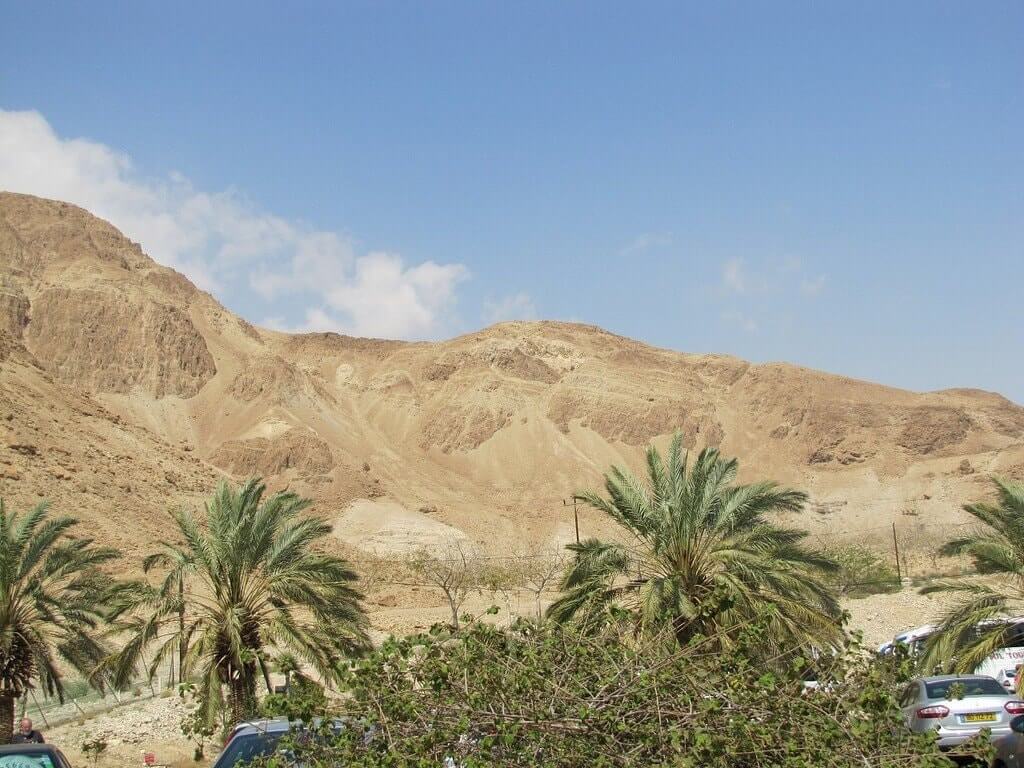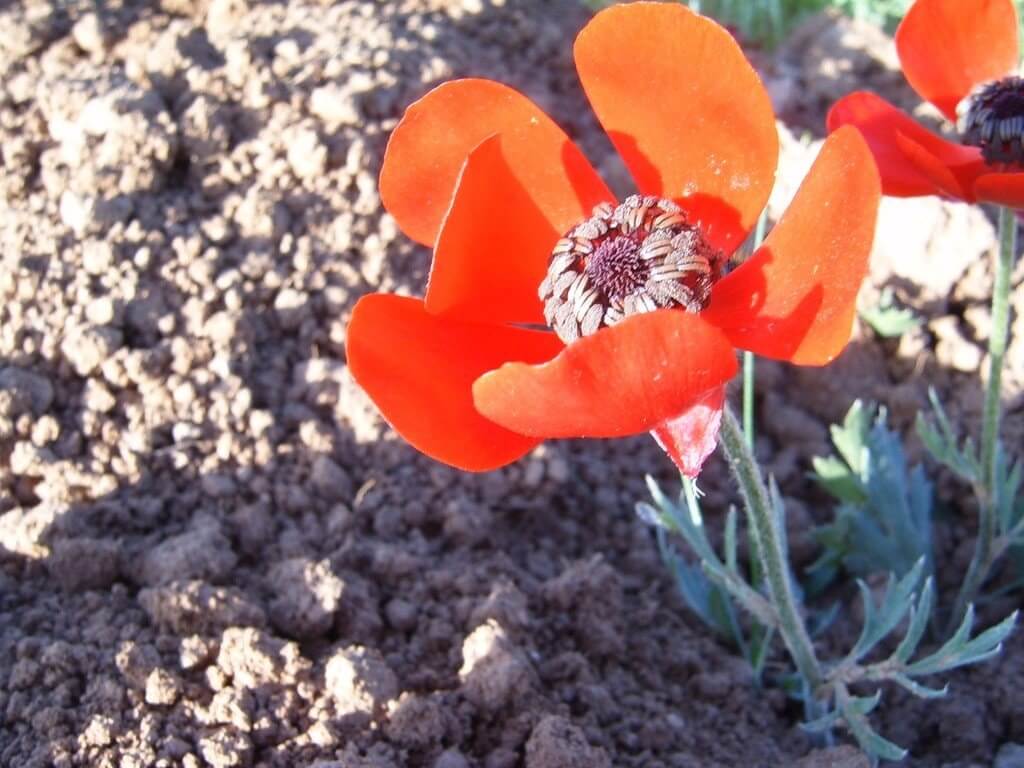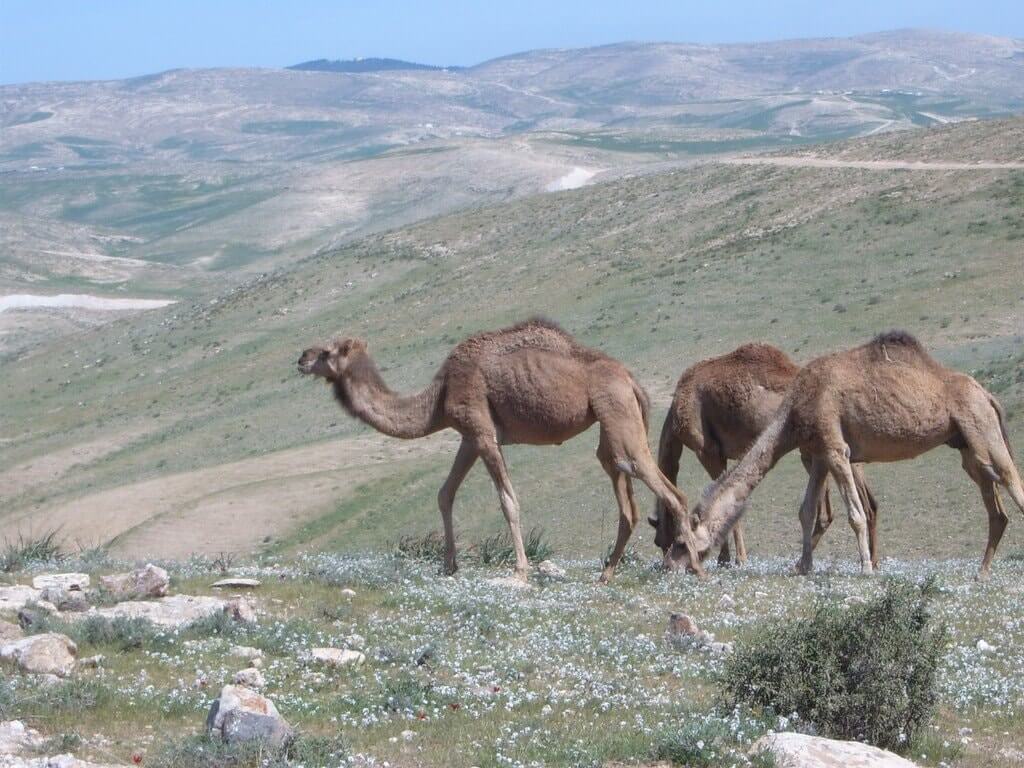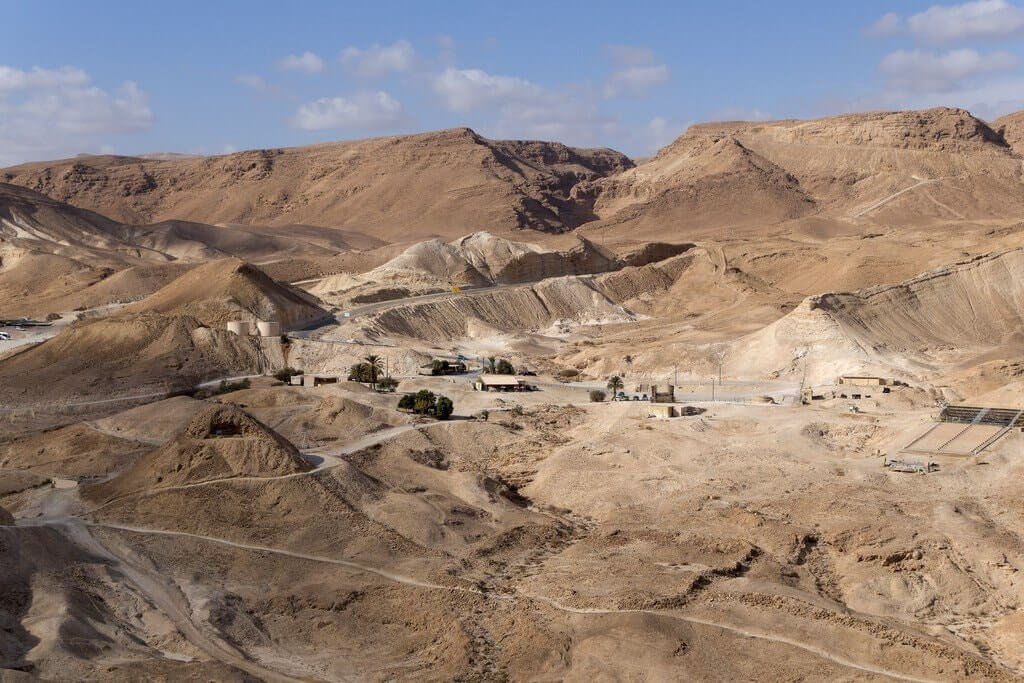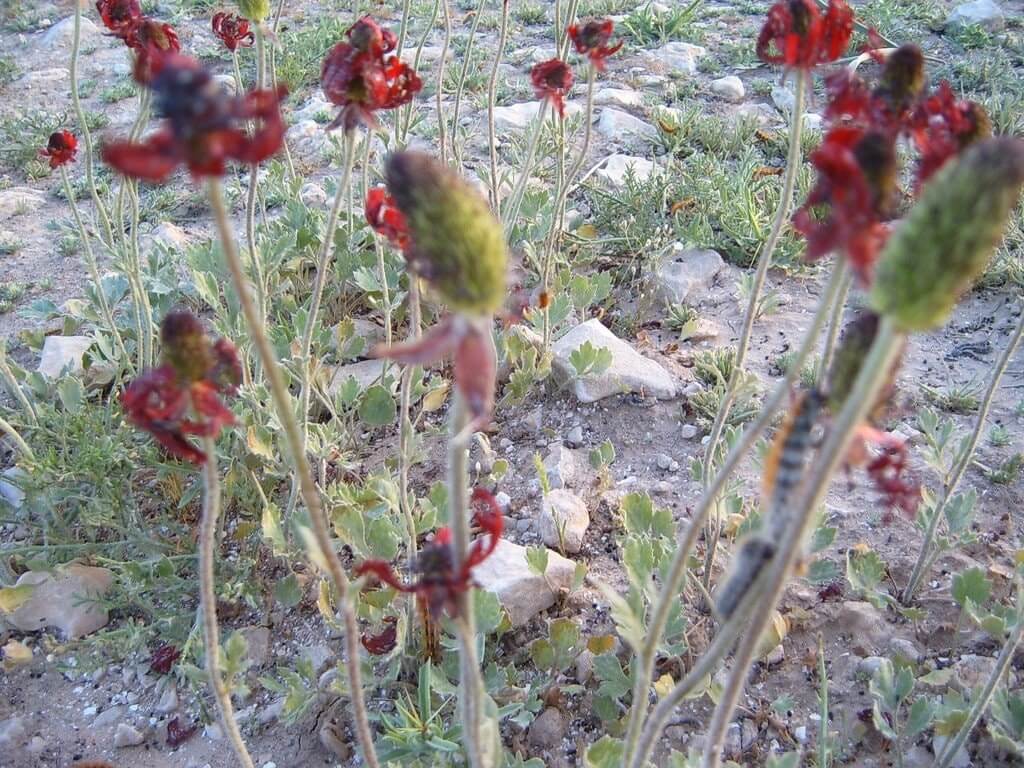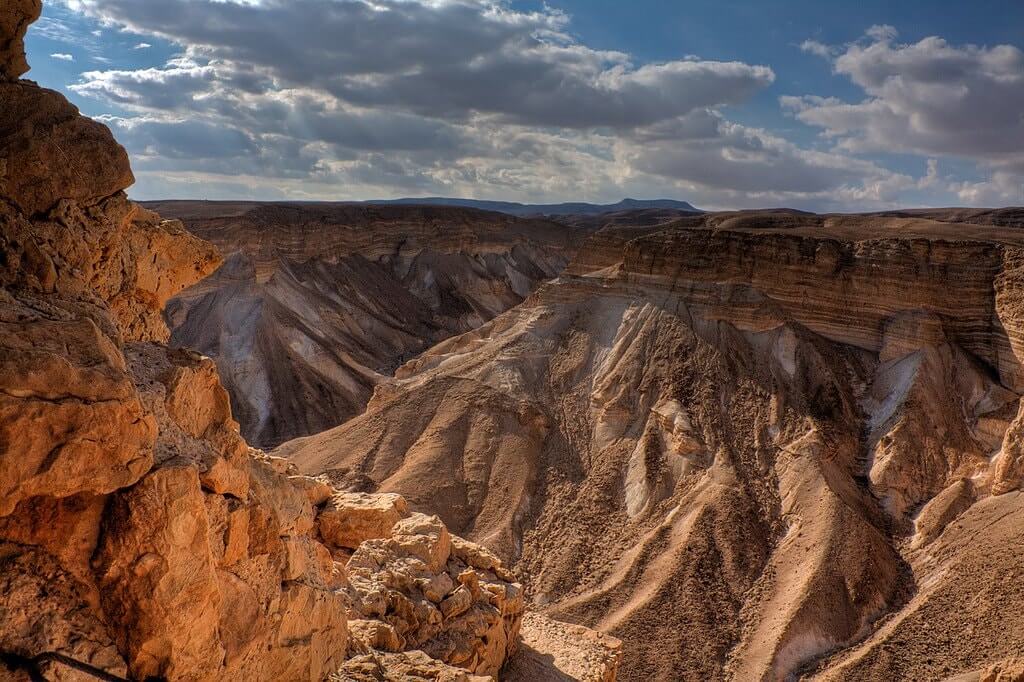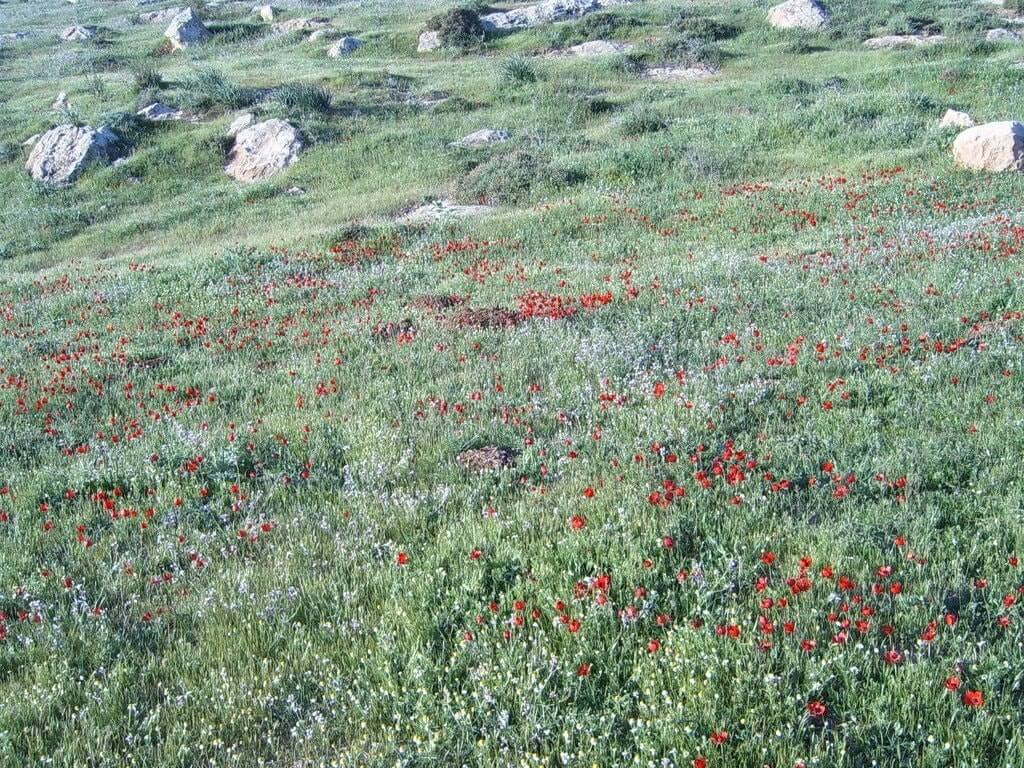The generally uninhabited, barren eastern slope of the Judean mountains. (Jg 1:16) This wilderness region, extending about 16 to 24 km (10 to 15 mi) in width, begins not far E of the Mount of Olives and stretches some 80 km (50 mi) along the W coast of the Dead Sea. It mainly consists of smooth and rounded barren hills of soft chalk, cleft by torrent valleys and ravines. (PICTURE, Vol. 1, p. 335) Toward the Dead Sea the rounded hills give way to rocky gorges, and the sea itself is faced by a wall of jagged cliffs. Dropping some 1,200 m (3,900 ft) in 24 km (15 mi), this wilderness is shielded from the rain-bearing W winds and therefore receives only limited rainfall. At the same time it is at the mercy of the dry winds that sweep in from the E. But when it does rain, water rushes through the otherwise dry torrent valleys, and for a few weeks in the rainy season the wilderness produces meager vegetation.
David described the Wilderness of Judah as “a land dry and exhausted, where there is no water.” (Ps 63:Sup, 1) No stream has its source in the heart of this arid region, and no surface water runs there. In sharp contrast, the stream issuing forth from Ezekiel’s visionary temple flowed through this wilderness and supported trees in abundance along its banks.—Eze 47:1-10.
It was undoubtedly into the desolate Wilderness of Judah that the ‘goat for Azazel’ was sent on the annual Atonement Day after being led there from the temple at Jerusalem. (Le 16:21, 22) In the first century C.E., John the Baptizer began his ministry in a section of this region N of the Dead Sea. (Mt 3:1-6) Apparently somewhere in this same wilderness Christ Jesus was tempted by the Devil.—Mt 4:1.

